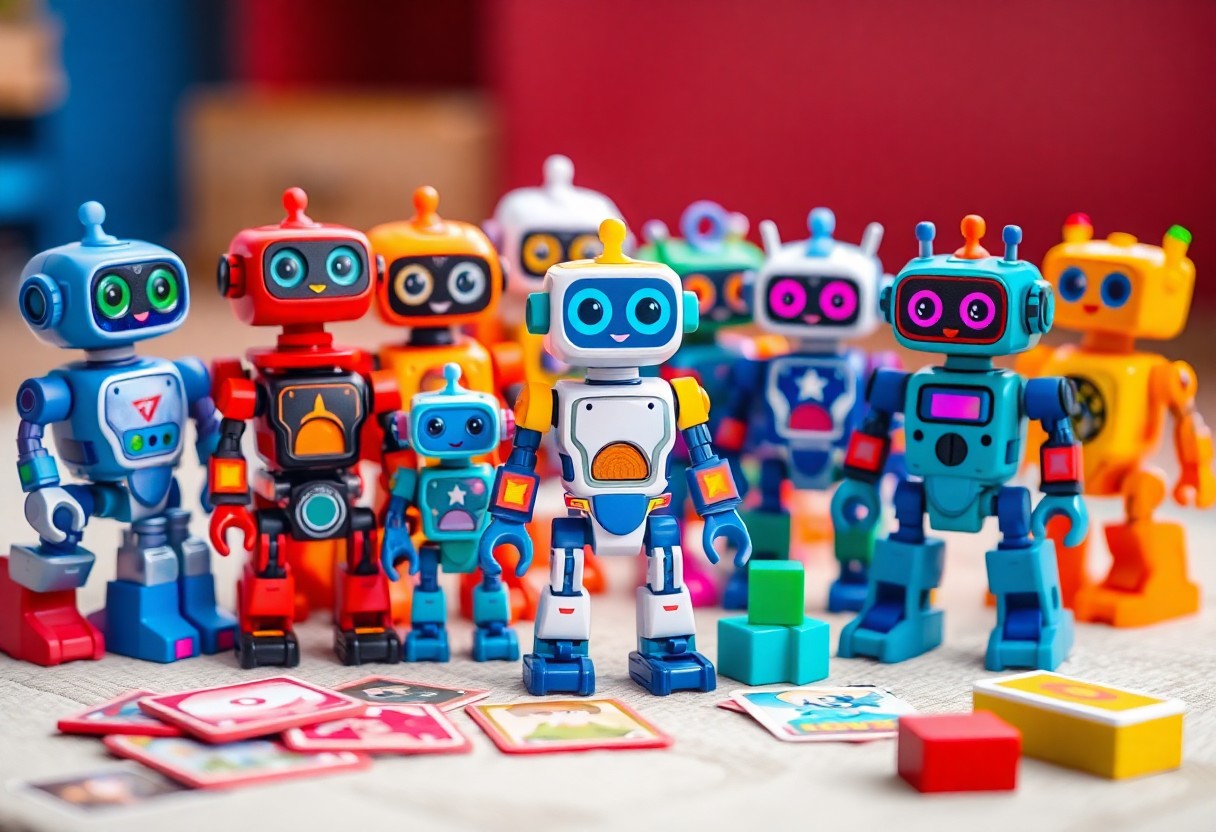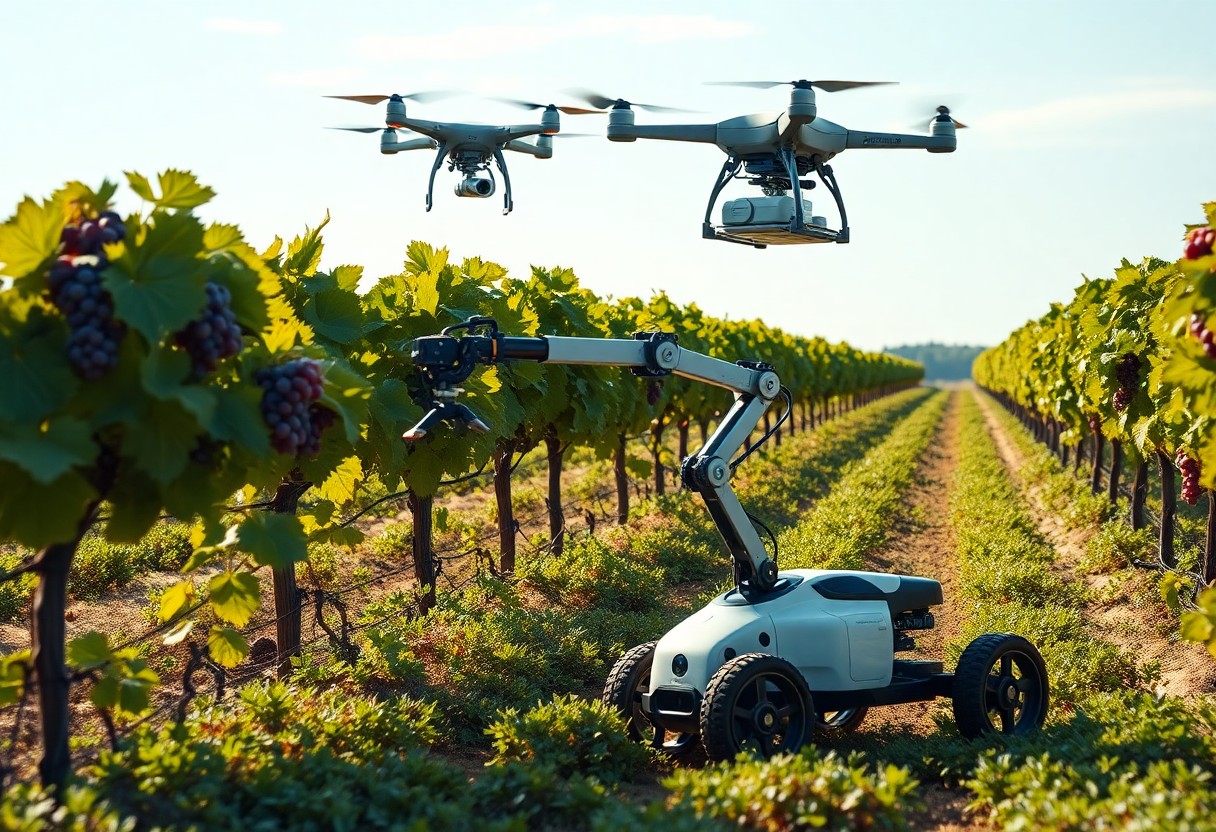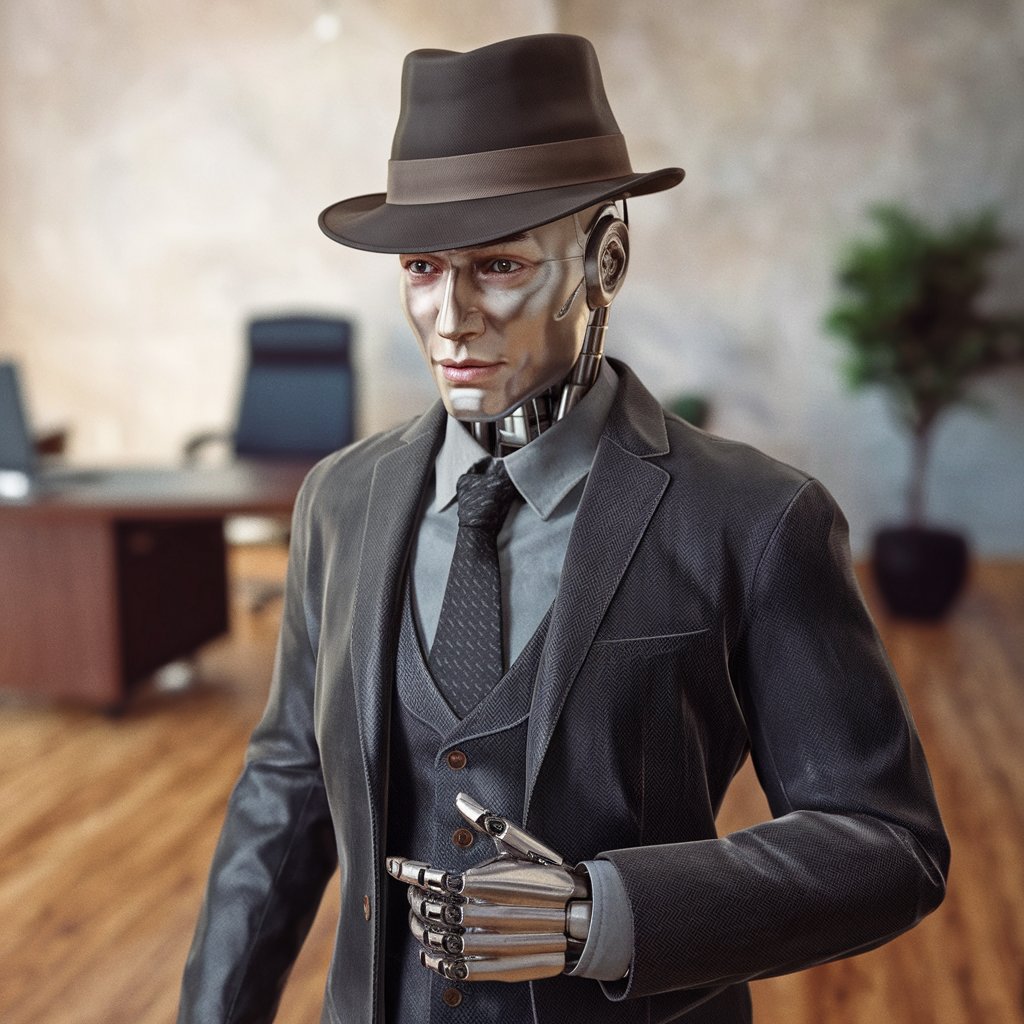Just as technology continues to advance at an unprecedented pace, you might find yourself wondering about the role of humanoids in the workplace. As these robotic companions become increasingly sophisticated, they raise questions about their potential to transform labor dynamics. Are these humanoids a glimpse into the future of work, or are they merely a passing trend? In this post, you’ll explore the implications of humanoids in various industries, their capabilities, and the challenges they face, helping you gain a well-rounded understanding of their true potential in your professional landscape.
The Evolution of Humanoids
Your understanding of humanoids begins with their fascinating evolution, which reflects advancements in artificial intelligence and robotics. Over time, these machines have transformed from basic automatons to intricate beings capable of performing complex tasks, mimicking human behavior and interaction. Their development not only showcases technological prowess but also raises questions about their role in the workforce and society.
Historical Context
Above all, the journey of humanoids can be traced back to early concepts of automata in ancient civilizations. From simple mechanical devices in Greek and Chinese cultures to the creation of robots in the 20th century, the evolution of humanoids highlights humanity’s long-standing fascination with replicating human-like characteristics through machines.
Technological Advancements
Technological advancements have significantly influenced the evolution of humanoids, leading to more sophisticated designs and functionalities. Innovations in artificial intelligence, machine learning, and robotics have paved the way for robots that not only imitate human actions but also understand and respond to their environment.
Hence, the integration of advanced sensors and algorithms into humanoids has greatly enhanced their capabilities. With improvements in computer vision, natural language processing, and mobility, these robots can perform tasks ranging from basic assistance to complex interactions in various industries. As these technologies continue to advance, humanoids may become integral elements in everyday life and labor, shaping the future of work.
The Role of Humanoids in the Workforce
Even though humanoids have entered the workforce, their roles are still evolving. These advanced machines can undertake repetitive tasks, enhance customer service, and support human workers with data processing. You might find humanoids in various sectors, assisting in tasks that range from manufacturing to hospitality, aiming to enhance efficiency and relieve employees of monotonous duties.
Industries Embracing Humanoids
Beside traditional manufacturing, industries such as healthcare, retail, and entertainment are increasingly utilizing humanoids. In healthcare, they assist with routine tasks, while in retail, they enhance customer experiences. You are likely to see them perform in roles that require interaction, showcasing their versatility across various sectors.
Benefits and Drawbacks
On the one hand, humanoids can increase productivity and reduce labor costs; on the other hand, you may face concerns about job displacement and reduced human interaction. These factors can impact your perspective on the adoption of humanoids in the workforce.
But while the integration of humanoids presents potential benefits, such as improving efficiency and safety in hazardous environments, the drawbacks cannot be overlooked. The human touch is often irreplaceable, especially in fields that require empathy and social skills. As you weigh the advantages and challenges, it’s important to consider the implications for both the workforce and society as a whole. Balancing innovation with the preservation of meaningful employment is a dilemma that needs careful consideration.
Public Perception of Humanoids
The public perception of humanoids varies significantly, influenced by cultural attitudes and personal experiences. While some view these robots as innovative solutions to labor shortages, others express concerns about job displacement and ethical implications. Your reaction to humanoids can shape how they evolve and are integrated into society, ultimately influencing the trajectory of labor in the coming years.
Acceptance and Resistance
Below the surface of technological advancement lies a complex interplay of acceptance and resistance. Many people embrace humanoids for their potential to enhance productivity and support in various sectors, while others resist due to fears of unemployment and the loss of human touch in services. Your perception can play a pivotal role in determining how companies and governments approach the integration of humanoids into the workforce.
Media Influence
Around you, media portrayals of humanoids significantly shape opinions, often swinging between dystopian warnings and optimistic visions of the future. This coverage can lead to heightened curiosity or increased skepticism about humanoid technology.
Perception is powerfully influenced by the media, as it crafts narratives that resonate with your values and beliefs. Sensationalized stories about humanoids replacing jobs can evoke fear, guiding your thoughts toward resistance. Alternatively, inspiring success stories can foster acceptance, demonstrating how humanoids can complement human efforts. Understanding the media’s role can help you form a more balanced view of humanoids and their potential impact on labor.
Ethical Considerations
Not all advances in humanoid technology come without complications. As humanoids gain more presence in various industries, ethical dilemmas arise, especially concerning privacy, accountability, and the potential overreliance on artificial intelligence. You should contemplate the moral implications of allowing machines to take on roles traditionally held by humans, which may impact social dynamics and provoke questions about value and purpose in the workforce.
Job Displacement Concerns
Concerns about job displacement are growing as humanoids and automation enter the workforce. As you contemplate the benefits of increased efficiency, it’s necessary to consider the social ramifications, particularly for those whose roles may become redundant. The fear of losing secure employment to intelligent machines can significantly impact livelihoods and overall community structure.
Human-AI Interaction
One important aspect of moving towards a future with humanoids is how you interact with these machines. It’s necessary to ensure that interactions are seamless and natural, fostering an environment that encourages collaboration between humans and AI. This relationship could redefine teamwork and productivity in various settings.
Considering the nuances of human-AI interaction is vital for both productivity and well-being. You have to assess how these interactions might change workplace culture and team dynamics, as well as how effective communication with humanoids can enhance collaboration. Humanizing AI technologies can bridge the emotional gap between you and machines, ensuring the transition into a humanoid-inclusive environment is smooth and beneficial. These factors will ultimately dictate whether humanoids are a sustainable addition to the workforce or simply a passing trend.
Case Studies
Keep an eye on these compelling case studies that highlight the potential and challenges of humanoid labor:
- Honda’s ASIMO: Demonstrated advanced mobility and was used in over 50 public exhibitions worldwide since its debut in 2000.
- SoftBank’s Pepper: Deployed in over 2,000 retail locations across the globe, successfully interacting with customers to improve service.
- Boston Dynamics’ Atlas: Showcase of agility, it can perform complex tasks; however, its use in real-world settings is limited.
- UiPath’s robotic process automation: Streamlined labor processes for over 10,000 companies, significantly improving efficiency.
Successful Humanoid Implementations
Behind the numbers, several organizations have successfully integrated humanoids into their operations, enhancing productivity and efficiency. These implementations have demonstrated profound benefits, such as improved customer interactions with humanoid robots like Pepper and significant cost savings in tasks automated by UiPath’s technology. Your business might find inspiration in these successful examples, seeing an opportunity to innovate through humanoid applications.
Failures and Limitations
To understand the other side of humanoid implementation, it’s imperative to recognize the failures and limitations experienced by some companies. Many humanoids struggle with complex interactions and often require human supervision, which limits their effectiveness in certain environments. Costs of development and maintenance also present challenges that can deter widespread adoption.
Even with advancements in technology, challenges like cost, limited adaptability, and the necessity for ongoing human intervention remain significant hurdles for the integration of humanoids in labor. Many organizations have experienced setbacks in deploying humanoids due to their inability to handle unpredictable situations or perform tasks requiring extensive human judgment. Your awareness of these limitations can guide your decision-making about future investments in humanoid technology.
The Future Landscape of Labor
After evaluating current trends and technological advancements, it becomes clear that the future of labor will likely incorporate humanoids in various industries. These machines could streamline processes, enhance productivity, and even help address labor shortages. However, understanding their role in the workforce requires you to consider their impact on job security, employee satisfaction, and the ethical implications of robotics replacing human workers.
Predictions for Humanoid Integration
Against popular belief, the integration of humanoids into the workforce may not fully replace human jobs, but rather, it could create a synergy between human skills and robotic efficiency. Many experts predict that humanoids will take on repetitive tasks, allowing you to focus on more creative and complex problem-solving roles that machines cannot easily replicate.
Alternate Perspectives on Labor Evolution
On the other hand, some experts argue that the evolution of labor will take a different shape, focusing on the enhancement of human capabilities rather than replacement. As technologies evolve, you may find that your skill sets will need to adapt, leading to new opportunities and job roles that capitalize on human emotional intelligence and creativity.
In addition, this perspective emphasizes the importance of education and continuous skill development in preparing you for a landscape that increasingly relies on collaboration between humans and machines. As industries evolve, you may find that opportunities arise in developing, managing, and maintaining humanoids, making your role more vital than ever. Embracing this shift can help you navigate the changing job market and leverage your unique strengths.
To wrap up
Now that you’ve explored the potential of humanoids in the workforce, it’s clear that their role could significantly reshape labor dynamics. While some view them as a passing trend, you should consider the rapid advancements in technology and the growing need for efficiency. As industries evolve, your adaptability in embracing these innovations will determine your relevance in the job market. Whether humanoids become integral to your workplace or remain a curious novelty, staying informed and open to change will serve you well in this exciting future.






